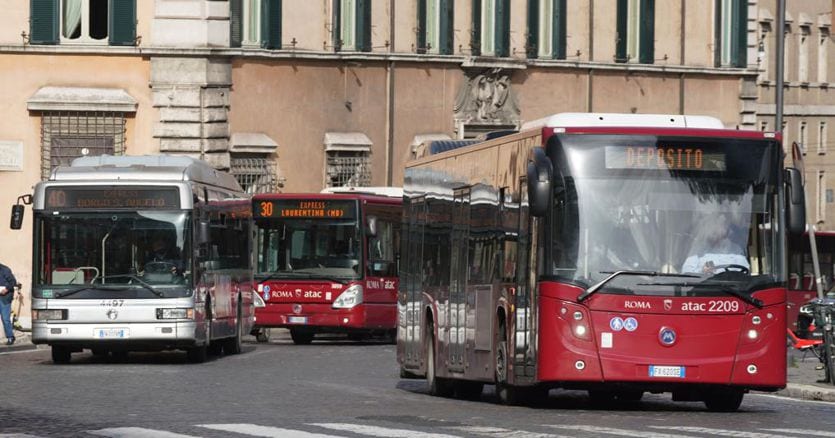Local public transport – poised between the devastating reduction in demand induced by the Pandemic, the pressure of energy costs on budgets already quantified in the first quarter of 2022 at 220 million and the role assigned to it by the Pnrr of fundamental leverage for a new model of more sustainable mobility in our cities – try not to derail and stay on a virtuous ground that began with 2018, a turning point in which the value of investments had reached 9.7% of the value of production. And which until 2021 had held up – also in terms of company balance sheets – despite a drop in demand, compared to 2019, of 50% in 2020, 42% in 2021 and still estimated at 21% in 2022 and 12% in 2023. To photograph the situation and to indicate some possible solutions to accelerate the virtuous path is the Report «The performance of local public transport companies 2022» which was produced by Asstra and Intesa San Paolo and will be presented today in Bologna.
“First of all, it should be remembered that Tpl is a critical (and sometimes underestimated) sector to achieve fundamental objectives such as the energy and environmental transition and the creation of a new way of moving in our cities”, explains Laura Campanini, Local Public Finance manager Direction of studies and research of Intesa San Paolo and curator of the research with Emanuele Proia, Maurizio Cianfanelli, Elisa Meko and Teresa Pierro di Asstra. The virtuous role of public transport is mainly exercised through an investment plan currently financed for 32.4 billion until 2033 and concentrated on the purchase of non or less polluting buses. The roadmap also sent in the years of the pandemic crisis: + 27% in 2021, + 24% expected in 2022. “This new phase started in 2018 has already led to a reduction in the average age of the fleet from 12.1 years in 2018 to 10.5 of 2020, to 10.1 of 2021, to 9.8 years that we foresee for 2022. At this rate we will arrive in 2026 at an average age of the vehicle fleet of 9.4 years, still far from 7, 2 years which is the European average “. Here is a first key point touched upon by the Report. Despite the huge resources available (started by the former Minister Delrio with national funds, then implemented by the NRP and the complementary funds wanted by Minister Giovannini), one more step should be taken to accelerate the path of sustainability and fully grasp the opportunity given by the Recovery: to reach the 7.2-year goal, five thousand new buses are still needed (additional to the 12,700 expected in the period 2021-27) for an additional investment of 1.6 billion.
So far the investments. But to continue the virtuous path of sustainability and innovation (the new buses have growing components of digital technology), one cannot fail to look at the impacts that the pandemic and the energy crisis are having on management. Not only because investments financed with public resources have compulsory corporate co-financing (between 20 and 50%), but also because a slowdown can arise from a picture of overall uncertainty about the state of health of the sector.
It is useful, then, to take a look at the company accounts. «The budgets – says Campanini – held up in 2020 and profitability remained good, despite the fact that the value of production fell less than demand. Investments remained at a high level, 6.5% of the value of production. The refreshment policy had a decisive impact on this good result ». A table clarifies this policy: in 2020 1,837 million refreshment points entered the coffers of companies, higher than the loss of 1,680 million. In 2021, however, there were 675 million refreshments (160 residuals + 150 new ones), with an uncovered loss of 1,005 million. In 2022, against an estimated loss of one billion, there are no refreshments.
«To exert increasing pressure on the budgets – says Campanini – the energy crisis has taken over. Fuels are the second cost item after work. The increase in energy costs is compounded, for 2022, by the increase in other costs for the production of services in a phase of inflationary recovery, the absence of refreshments per hour and the renewal of the employment contract. It must be remembered that the sector does not have the possibility, like many others who are doing it, to pass on the higher costs on the prices of the service, because the tariff regulation does not provide for automatic mechanisms. Moreover, the measures introduced to date go in the direction of mitigating the cost for families with a view to stimulating the growth of travel by public transport. However, according to our estimates, this leads to a 56% reduction in EBITDA in the 2022 financial statements compared to 2020. It is inevitable that all the items under the Mol, starting from the net margin, will suffer. It is unlikely that they will remain positive ».
